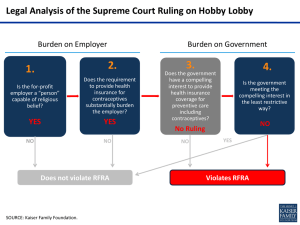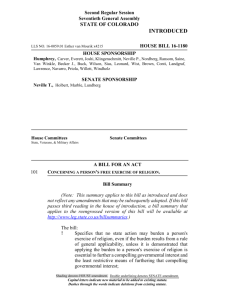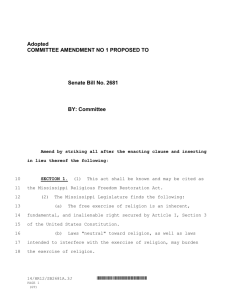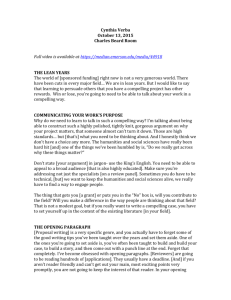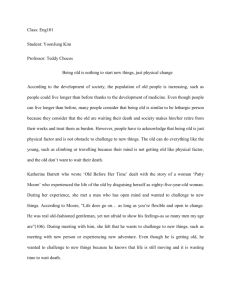Religious Freedom Restoration Act
advertisement
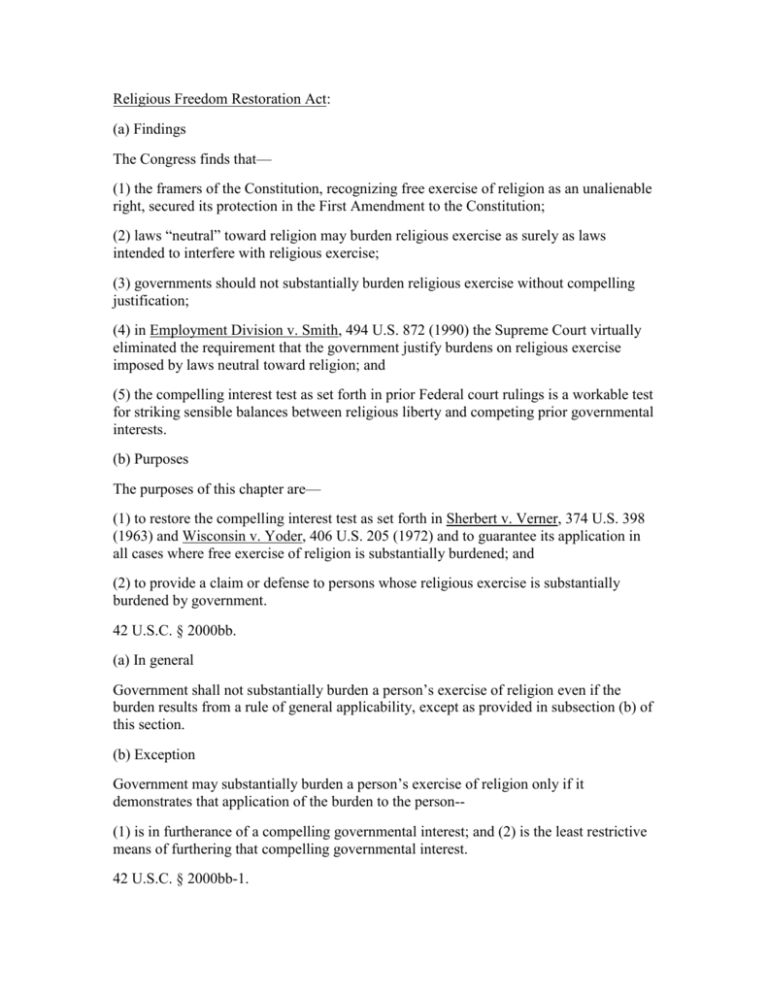
Religious Freedom Restoration Act: (a) Findings The Congress finds that— (1) the framers of the Constitution, recognizing free exercise of religion as an unalienable right, secured its protection in the First Amendment to the Constitution; (2) laws “neutral” toward religion may burden religious exercise as surely as laws intended to interfere with religious exercise; (3) governments should not substantially burden religious exercise without compelling justification; (4) in Employment Division v. Smith, 494 U.S. 872 (1990) the Supreme Court virtually eliminated the requirement that the government justify burdens on religious exercise imposed by laws neutral toward religion; and (5) the compelling interest test as set forth in prior Federal court rulings is a workable test for striking sensible balances between religious liberty and competing prior governmental interests. (b) Purposes The purposes of this chapter are— (1) to restore the compelling interest test as set forth in Sherbert v. Verner, 374 U.S. 398 (1963) and Wisconsin v. Yoder, 406 U.S. 205 (1972) and to guarantee its application in all cases where free exercise of religion is substantially burdened; and (2) to provide a claim or defense to persons whose religious exercise is substantially burdened by government. 42 U.S.C. § 2000bb. (a) In general Government shall not substantially burden a person’s exercise of religion even if the burden results from a rule of general applicability, except as provided in subsection (b) of this section. (b) Exception Government may substantially burden a person’s exercise of religion only if it demonstrates that application of the burden to the person-(1) is in furtherance of a compelling governmental interest; and (2) is the least restrictive means of furthering that compelling governmental interest. 42 U.S.C. § 2000bb-1.
